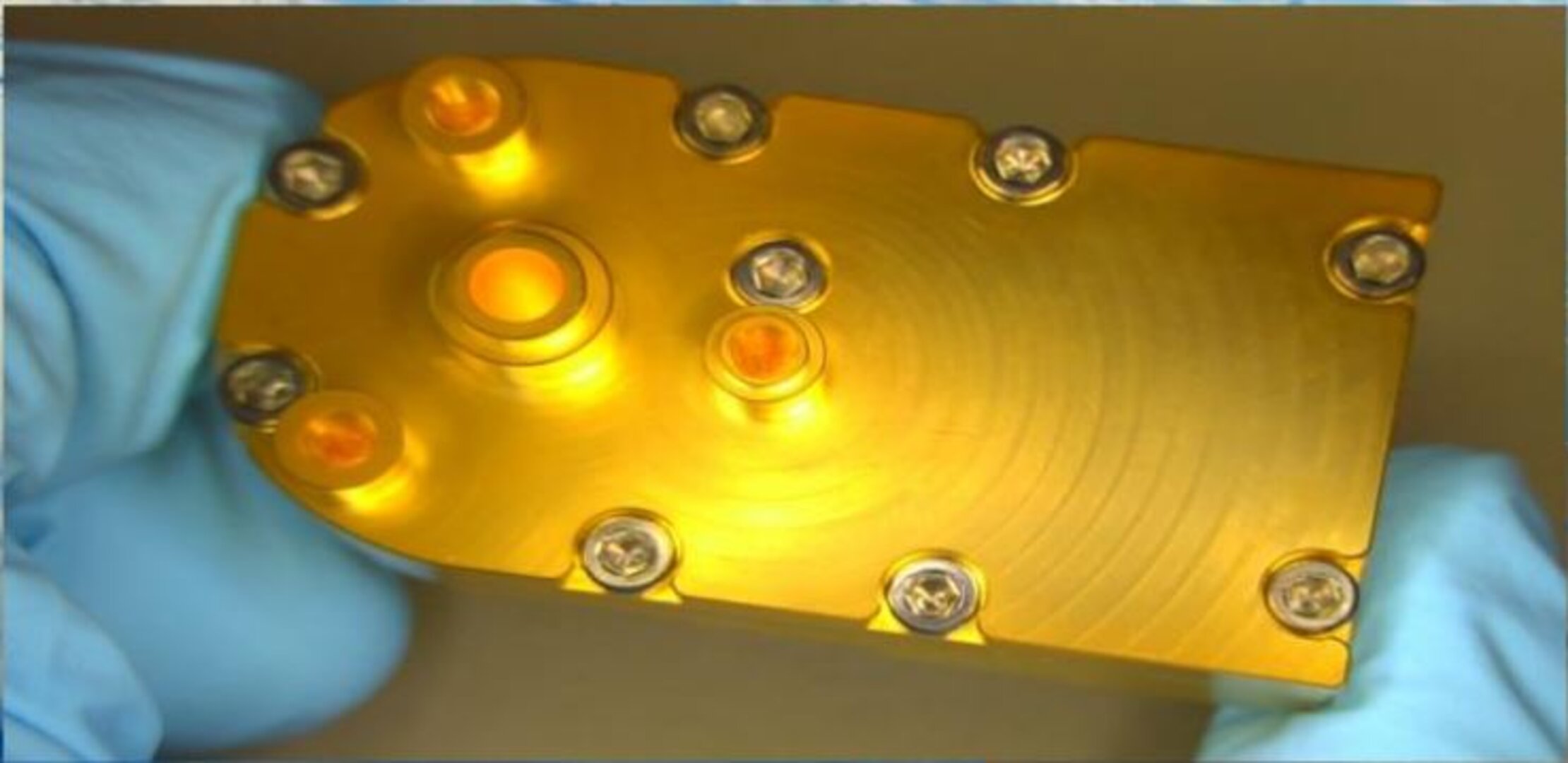New Dual Probe THz Receiver
Polarisation discrimination and observing dual polarisations for satellite communications in the mm- and submm-wave range has proven useful in atmospheric research, weather forecasting and a variety of other applications.
Polarimetric observations of a radiometric scene can improve sensitivity and redundancy as well as providing additional information of particle properties such as size, orientation and mass, helping to characterise ice clouds etc.
A new GSTP activity with Omnisys Intruments in Sweden aimed to experimentally verify a new type of integrated dual polarization receiver based on membrane MMIC subharmonic diode mixers and the dual probe concept.
To realise the dual polarisation receiver concept, a demonstrator operating at 424 GHz was designed and verified. This integrated dual polarisation receiver consisted of two subharmonic mixer circuits integrated with a single smooth walled spline horn antenna.
The activity achieved a record low optimum receiver noise of 660 K DSB at 421.7 GHz ±0.6 GHz., with a typical receiver noise of 900 K DSB measured at room temperature across the 420 GHz to 430 GHz
frequency band.
These achievements, including the reduced receiver package envelope and improved sensitivity of the demonstrated technology open the door for higher level
integration of radiometer instruments.
In particular, it might be useful for many applications, specifically for dense receiver array applications and miniature instrument payloads.
This could prove useful in future with CubeSats that have strict limitations on size and mass.
4000119261/ G627-088EE closed in June 2019.


